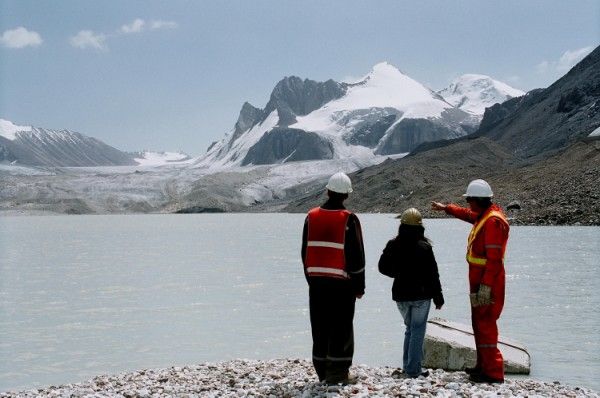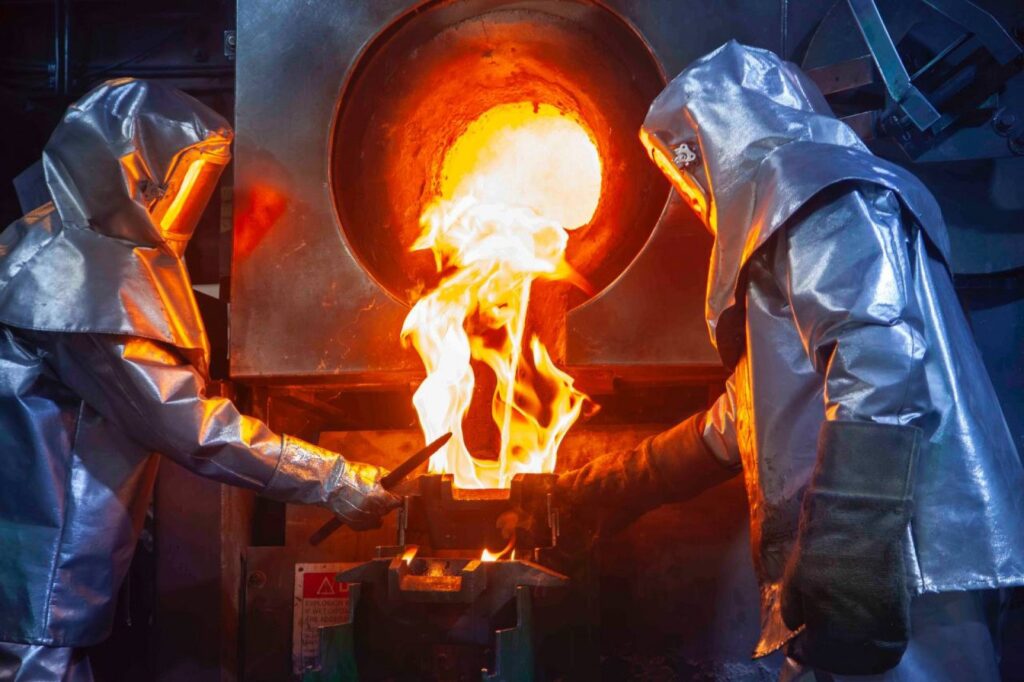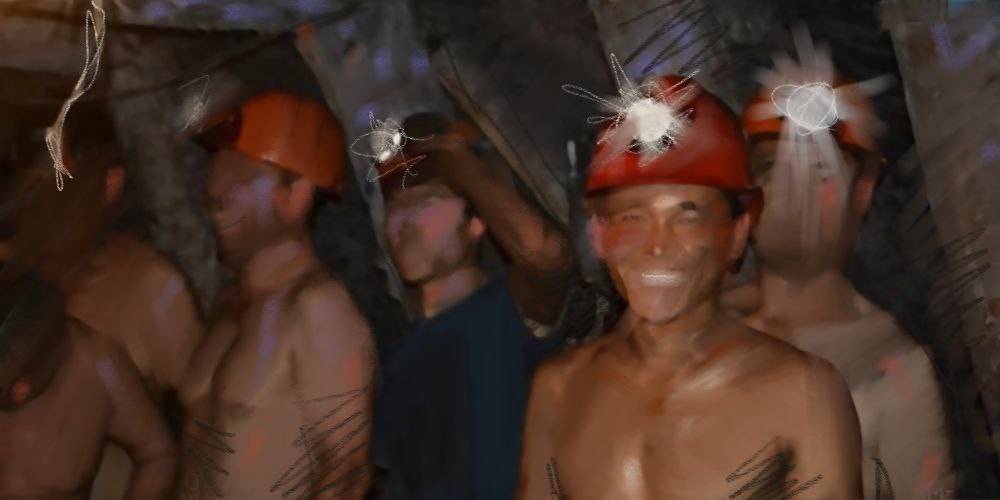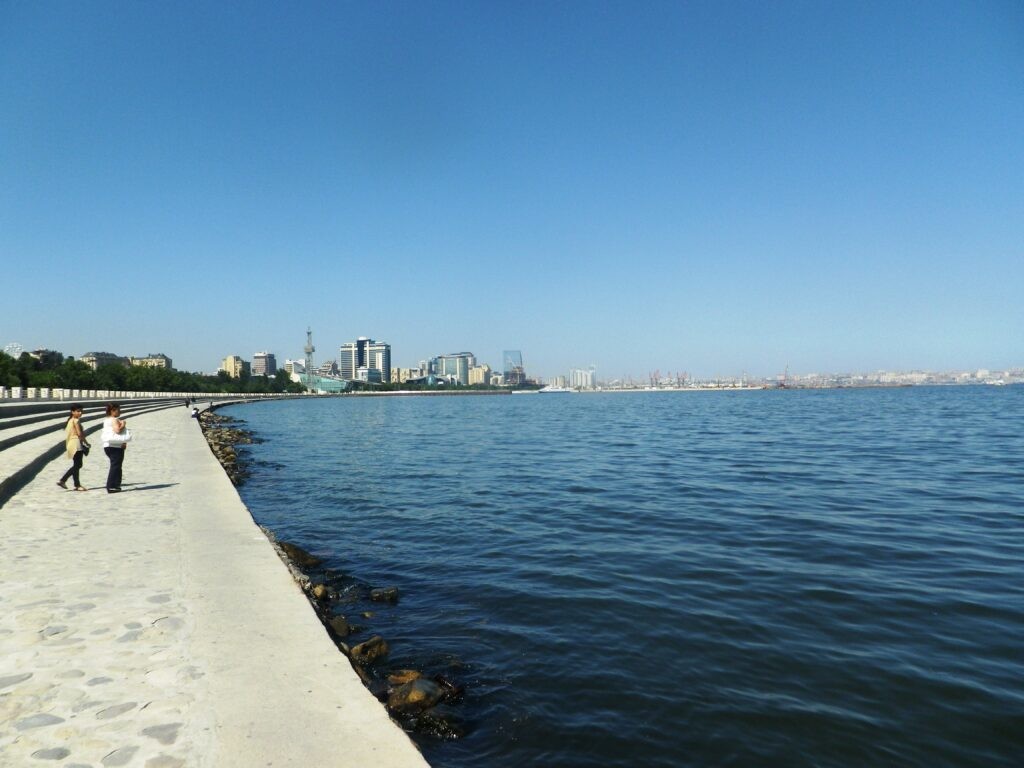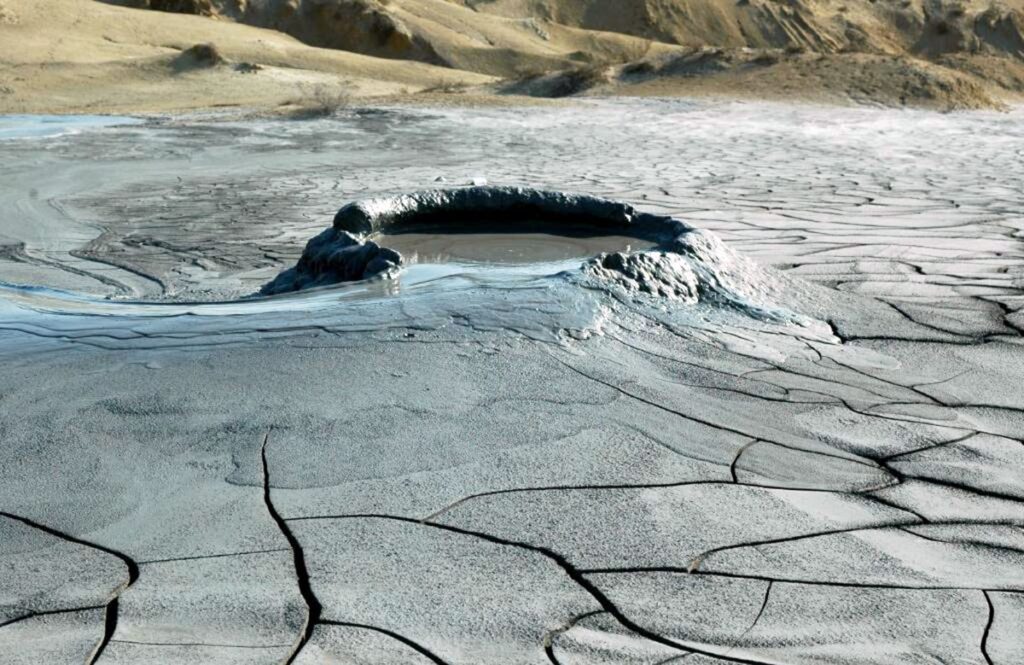BISHKEK (TCA) — An expert group has concluded that the impact of the Kumtor gold mine on the reduction of the Ak-Shyyrak glaciers is “negligible”. According to experts, the glaciers had begun to melt down long before the Kumtor mine started operation, and the warming climate was the main reason for that.
Kumtor, the largest gold mine in Central Asia, is located in Kyrgyzstan’s Tien Shan mountains. Canada-based Centerra owns 100% of the Kumtor mine through its wholly owned subsidiary Kumtor Gold Company. The Kyrgyz Republic holds 33% shares in Centerra through the state gold company KyrgyzAltyn.
Expert group results
On March 28, Kyrgyzstan’s Parliament discussed the report of the expert group on results of the monitoring of glaciers located in the zone of the Kumtor gold deposit. The expert group, established last July, examined the state of the glaciers and the causes for their change. Deputy Director of the Hydrometeorology Agency under the Emergency Ministry Ryskeldi Asankhojaev reported on the results.
Due to global warming and changes in precipitation in the high zone of Tien Shan, there was a sustained reduction of glaciation. The process of glaciers’ melting has intensified significantly since the middle of the 1970s.
Part of the glacier systems of the northwest slope of the Ak-Shyyrak array is in the concession area of the Kumtor gold company. Kumtor production work is now carried out in the area of five glaciers located in the Ak-Shyyrak array. Water from the Petrov Glacier and Petrov Lake is used for household and economic needs of the mine. Piles of empty rocks are stored on the left bank of the Lysyi Glacier. Kumtor’s central mine is at the site of the former tongue of the Davydov Glacier. Overburden dumps are now stored on the Sary-Tor Glacier. The Bordu Glacier is the closest to the mine.
The Davydov Glacier experienced the greatest change from anthropogenic activities of Kumtor Operating Company (KOC) from 2003 to 2013, which has led to its area shrinking by 0.4 percent. The experts advised to conduct systematic monitoring in the concession area and to regularly monitor the Sary-Tor Glacier as well as Tien-Shan and Pamir-Alai glaciers remote from Kumtor. It is necessary to carry out mathematical modeling of the dynamics of the Sary-Tor and Davydov glaciers, and monitor the Kumtor River runoff.
According to the Kumtor development plan, active mining operations will be spread in the area of the Sary-Tor Glacier’s valley, with creation of deep pits and the subsequent removal of ice from the glacier tongue, the report said. Preliminary development of Sary-Tor will begin in 2018, and production at the site will be completed by 2023.
The mine development plan provides placing waste rock in dumps located in the valleys of Davydov, Sary-Tor and Lysyi glaciers. In the future this may lead to deformation of the geological formation of the soil and rock glaciers, such as those that exist in the Davydov and Lysyi glaciers’ valleys, the report said.
Given the specific mining conditions and huge gold mine reserves, it is necessary to create a scientific and technical center at the expense of Kumtor and entrust the center to conduct a comprehensive study of glaciers and movement of dumps, the experts said. They stressed the need for remediation of the mine quarry to preserve the ecological security of the country. Reclamation of the mine will prevent the gradual change in the ice mass and rock.
MPs criticize the report
However, MPs did not agree with the conclusions of the expert group and criticized its report. The MPs believe that Kumtor’s operation affects the melting of the glaciers, and the Davydov Glacier has almost disappeared due to the extraction of gold at Kumtor. The MPs accused the experts in a one-sided approach to the problem of the glaciers’ meltdown in favor of Centerra.
According to the resolution of the Parliament of the previous convocation, Kumtor will continue operating, but the current Parliament will further discuss the issue, Chairman of the Parliament’s Committee on Agrarian Policy, Water Resources, Environment and Regional Development Mirlan Bakirov said.
In the next two weeks, the Parliament will consider amendments to the Water Code of the Kyrgyz Republic. Before that MPs plan to visit the Kumtor mine together with the expert group.
Amendments to the Water Code provide that in exceptional cases the Government may permit activities that affect the state of the glaciers, provided the maximum possible reduction of the damage caused by such activities and implementation of continuous monitoring of the glaciers.
According to the head of the Association of Miners and Geologists of Kyrgyzstan Orozbek Duysheyev, an expert group member, an ideal approach to the mining industry should be that the authorities do not intervene in its activity and support it, while state agencies monitor it. No large investment can be expected in the mining industry unless the state learns to properly manage it, he said.
